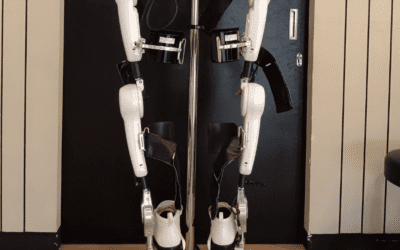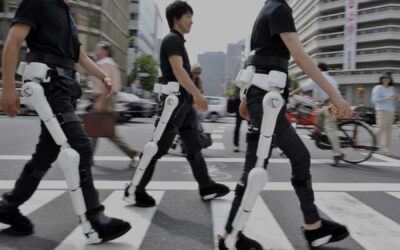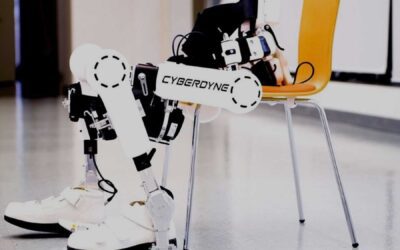Competing in the healthcare field requires embracing new and advanced technology. In India, the medical industry has achieved a significant milestone with the introduction of Cyberdyne treatment.
As a result, your mobility journey begins with HAL. This brain-controlled robotic arm, developed by Cyberdyne, does not require surgery and can guide stroke rehabilitation both in clinical settings and at home.
Known as the Hybrid Assistive Limb, or HAL, this technology is the first of its kind in the world, enhancing and restoring the wearer’s physical functions based on the wearer’s intentions. Because of this capability, it is also referred to as a “Wearable Cyborg™.”
Robotics Rehab System

Rehabilitation Robotics uses robotic devices to analyse and understand sensorimotor functions in physical therapy, such as hand, arm, leg, and ankle movements. This allows for tailored therapeutic training and assessment of patient performance. Robotic rehabilitation after a stroke has the potential to increase and carefully control the dosage of therapy.
Functional Regeneration Robotics with HAL technology aims to improve human brain, nerve, and musculoskeletal functions by harnessing the body’s self-healing ability. Certain conditions must be met before a patient can be dressed in the HAL suit.
HAL, as a conversion device, relies on the body’s electrical signals, necessitating some activity in the nerves connecting the patient’s legs to the brain. This technology empowers the patient, leveraging their natural healing ability. The patient’s effort is crucial, as HAL translates it into results based on their intentions.
Cyberdyne Treatment – An approach using robots to aid in stroke rehabilitation.
In stroke rehabilitation, a comprehensive approach is adopted, combining various treatment methods, each with its level of evidence-based support. This inclusive therapy often involves repeated exercises, promoting motor learning and enhancing muscle strength, instilling confidence in its efficacy.
During the initial phase, therapy may involve a passive range of motion exercises to preserve the integrity of physical structures in preparation for future neurological recovery.
Cyberdyne Treatment for Rehabilitation

The Wearable Cyborg™ harnesses brain waves to activate your muscles. Enhanced stroke therapy using robots optimises rehabilitation. Patients frequently use these robots as a valuable addition to treatment, especially those who have motor impairments due to stroke.
Robotic rehabilitation benefits patients with a variety of illnesses and conditions, such as amputations, cancer, arthritis, orthopaedic injuries, cardiac disease, neurological problems, spinal cord injuries, stroke, and traumatic brain injuries.
Patients with severe muscle weakness can receive assistance with upper limb movement through robotic rehabilitation.
Robots support the weight of a limb for patients with some remaining movement ability due to the physical interaction between the patient and the robot. One example of robot-assisted therapy is enhancing walking function in stroke patients.
Connect with us at https://rehabmodalities.com/ for additional information about Cyberdyne treatment.



